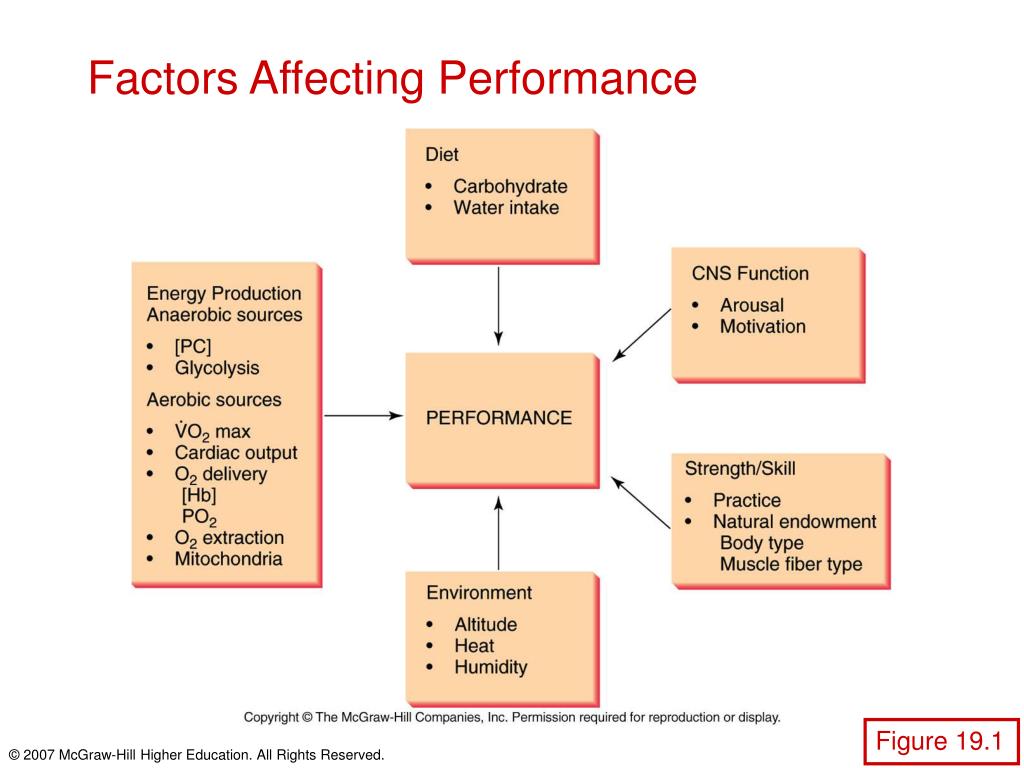In the realm of cloud services, the timeliness of data plays a critical role in shaping operational efficiency and decision-making processes. Cloud service data timeliness refers to the relevance and accuracy of data at any given moment, providing real-time insights for businesses to stay competitive in a fast-paced digital landscape. Understanding the factors influencing data timeliness, implementing effective strategies to enhance it, and leveraging the benefits of real-time data are essential aspects that organizations need to consider in today’s data-driven environment.
As businesses increasingly rely on cloud services for data storage and processing, the importance of cloud service data timeliness cannot be overstated. Ensuring that data is up-to-date and accessible in real time enables organizations to make informed decisions promptly, respond swiftly to market changes, and deliver personalized customer experiences. By addressing challenges in maintaining data timeliness, adopting best practices, and drawing insights from relevant case studies, businesses can maximize the value of real-time data to drive growth and innovation in the digital age.

Understanding the Significance of Cloud Service Data Timeliness
Real-time data empowers organizations to pivot swiftly, capitalize on trends, and meet customer demands promptly, enhancing overall operational agility. In contrast, stale data can hinder accurate insights, resulting in poor decisions that impact profitability and competitiveness negatively. Cloud services facilitate instantaneous data retrieval, enabling businesses to access, analyze, and act upon the latest information efficiently.
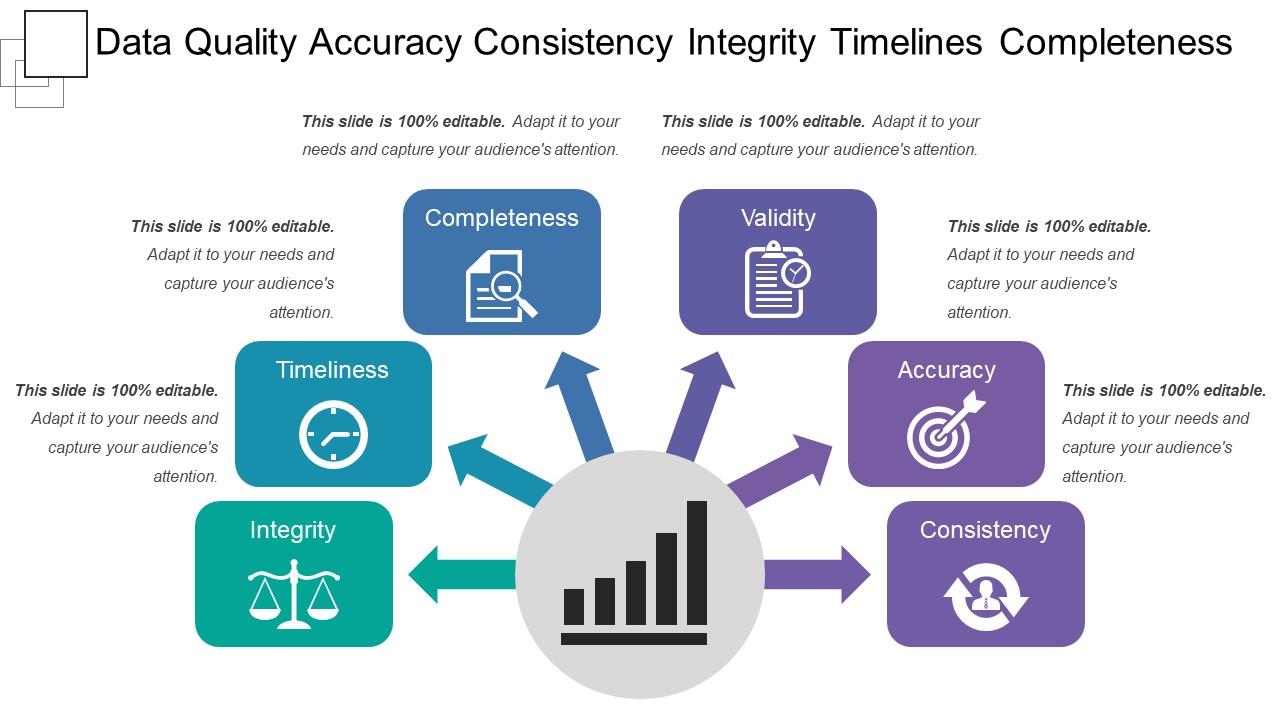
Factors Affecting Cloud Service Data Timeliness
Network Latency and Bandwidth Impact
Network latency and bandwidth directly influence the speed at which data is transmitted in cloud services. Higher latency or limited bandwidth can lead to delays in data delivery, affecting real-time insights critical for decision-making processes. Optimizing network infrastructure and employing efficient data transfer protocols are essential to mitigate these issues and ensure timely data availability.
Data Processing and Aggregation Delays
Data processing and aggregation algorithms used in cloud environments can inadvertently introduce delays in data analysis. Complex algorithms or inefficient processing techniques can hinder real-time data processing, impacting the timeliness of insights derived. Streamlining algorithms, optimizing processing workflows, and leveraging parallel processing technologies can help minimize delays and improve data timeliness.
Impact of Server Location on Data Accessibility
The physical location of cloud servers and data centers can impact data accessibility and retrieval speed. Proximity to end-users or operational centers can reduce latency and improve data timeliness. Selecting geographically strategic server locations, implementing content delivery networks (CDNs), and utilizing edge computing technologies can enhance data access speeds and ensure real-time data delivery for better decision-making.
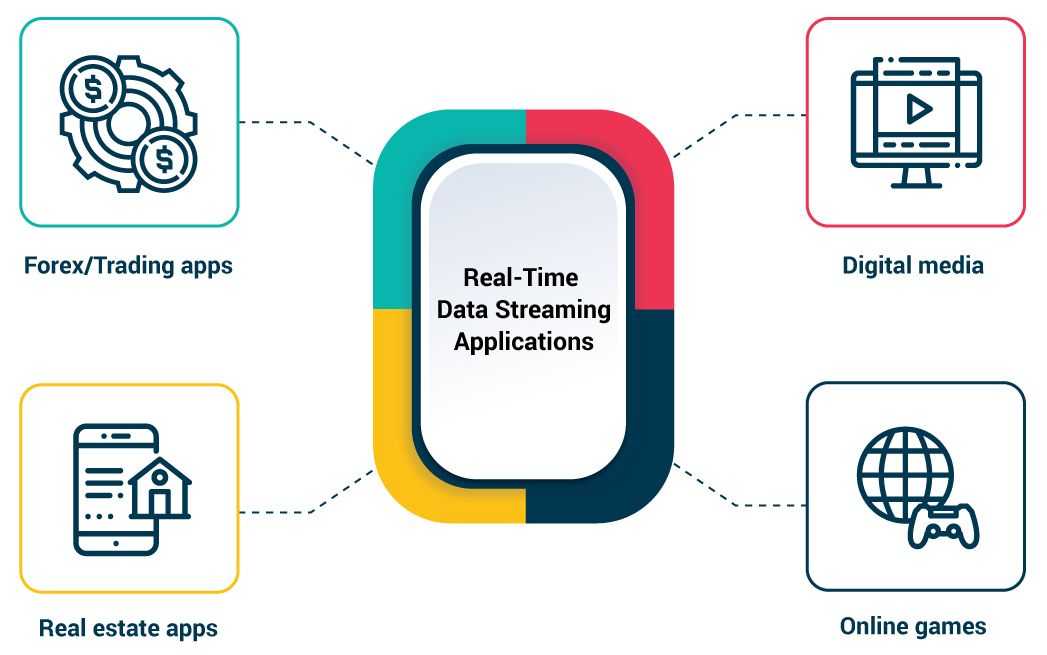
Maximizing Business Potential with Real-Time Data from Cloud Services
Enhanced Decision-Making:
Real-time data from cloud services empowers organizations to make informed decisions promptly. With up-to-date information readily available, executives can analyze market trends accurately, identify opportunities swiftly, and mitigate risks effectively. Cloud service data timeliness ensures that decisions are data-driven and aligned with current business dynamics, enhancing strategic planning and overall performance.
Improved Customer Experiences:
Access to real-time data enables businesses to deliver personalized and timely interactions to customers. By understanding customer behavior instantly, organizations can tailor services, recommendations, and communications to individual preferences. This level of customization fosters stronger relationships, boosts satisfaction levels, and increases customer loyalty, ultimately driving revenue growth and market competitiveness.
Increased Operational Efficiency:
Real-time data facilitates automation of processes and reduces manual interventions, streamlining operations and enhancing efficiency. By leveraging cloud service data timeliness, organizations can optimize resource allocation, predict maintenance needs accurately, and prevent downtime proactively. This automation not only saves time and costs but also improves overall productivity, allowing teams to focus on strategic initiatives and innovation.
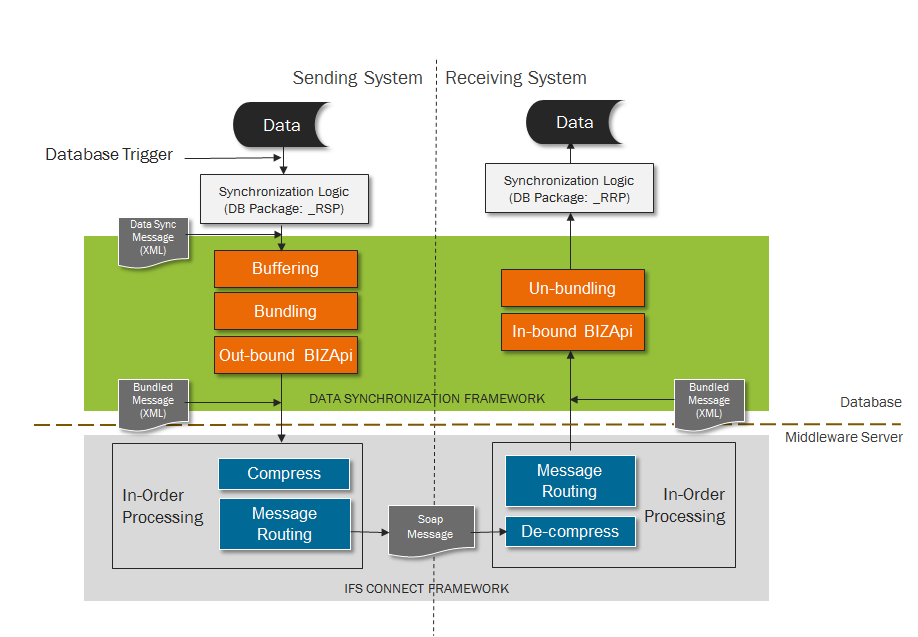
Addressing the Challenges in Maintaining Data Timeliness in Cloud Environments
Data Synchronization Challenges
Ensuring data synchronization between various cloud services poses a significant challenge. When data resides in multiple platforms, inconsistencies and delays may arise, impacting the timeliness of information. Harmonizing data across different environments is crucial to maintaining real-time insights and preventing data discrepancies that could hinder decision-making processes.
Data Security and Protection
Data security is paramount in cloud environments to safeguard against breaches and unauthorized access. Implementing robust encryption protocols, access controls, and regular security audits are imperative for maintaining data timeliness while ensuring data confidentiality and integrity. Balancing security measures with data accessibility is key to preserving real-time data relevance.
Managing Data Volume and Scalability
As data volumes grow exponentially, maintaining timeliness becomes complex. Efficient data management strategies, such as data partitioning, load balancing, and scalable infrastructure, are essential to handle large datasets without compromising real-time data delivery. Ensuring that systems can scale seamlessly to accommodate increasing data loads is vital for sustaining data timeliness in cloud environments.
By proactively addressing these challenges in maintaining data timeliness in cloud environments, organizations can optimize their cloud service data timeliness, improve operational efficiency, and enhance decision-making processes. Data synchronization, security measures, and scalability considerations are fundamental aspects that businesses must prioritize to leverage the full potential of real-time data insights and stay ahead in today’s competitive digital landscape.
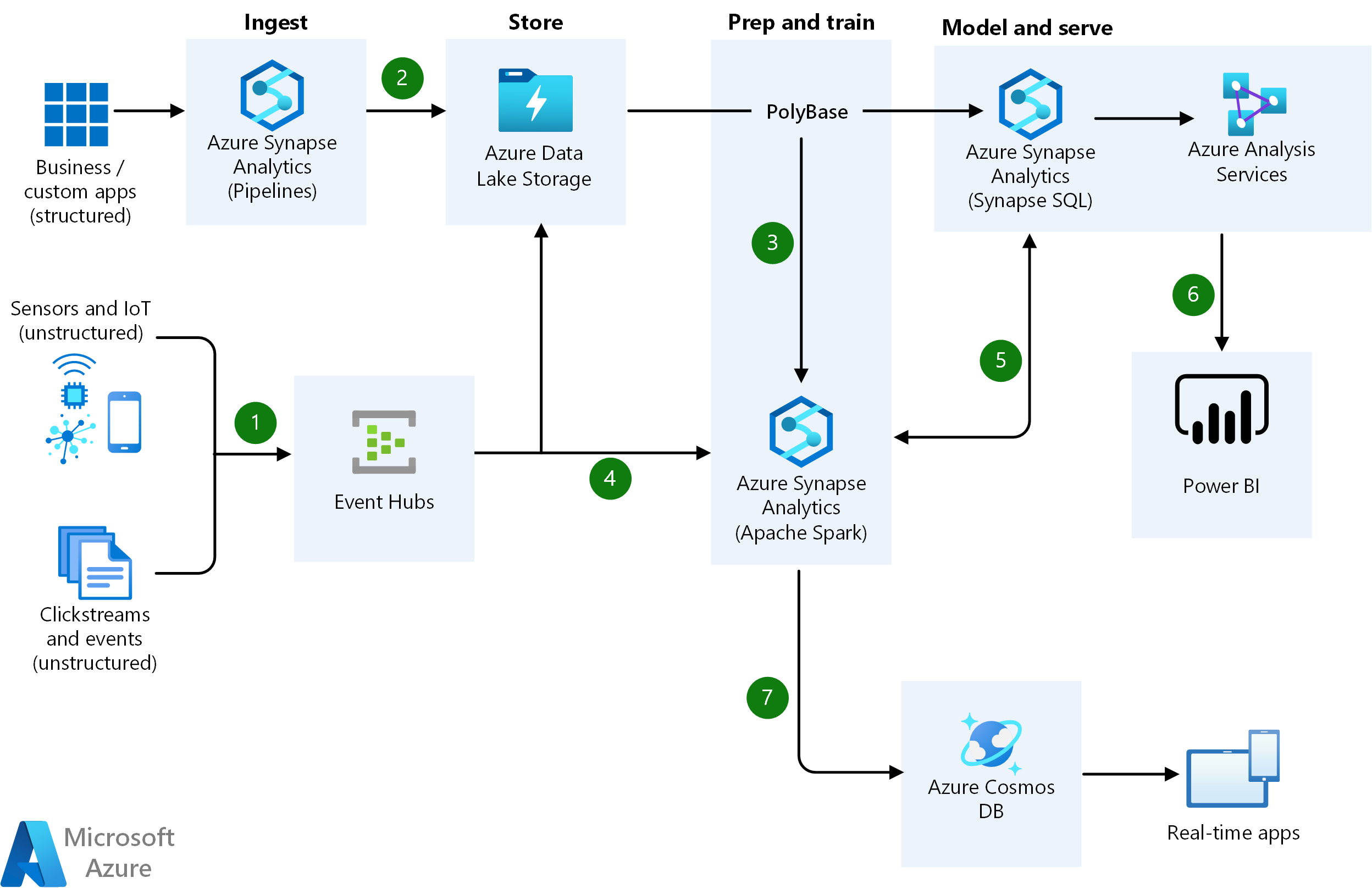
Real-Life Applications Showcasing Cloud Service Data Timeliness
Real-time Data Analytics in the Financial Industry
In the financial sector, real-time data analytics empower institutions to detect fraudulent activities swiftly and manage risks effectively. By utilizing cloud services for data storage and processing, banks can analyze transactions as they occur, enhancing security measures and ensuring compliance with regulatory standards. Implementing real-time analytics supports proactive decision-making to safeguard assets and maintain trust with customers.
IoT Applications for Remote Monitoring and Control
Internet of Things (IoT) devices rely on real-time data for seamless remote monitoring and control functionalities. Through cloud services, IoT sensors transmit data instantaneously, enabling businesses to track and manage equipment, infrastructure, and processes in real time. This ensures operational efficiency, predictive maintenance, and the ability to respond promptly to anomalies, fostering productivity and ensuring uninterrupted operations.
Personalized Marketing Campaigns with Real-time Customer Data
Marketers leverage real-time customer data stored in cloud services to create personalized and targeted campaigns. By analyzing customer behavior as it happens, businesses can tailor promotions, offers, and content in real time, enhancing customer engagement and driving conversion rates. Real-time insights enable marketers to adapt strategies dynamically, improving customer satisfaction and loyalty while maximizing marketing ROI.
